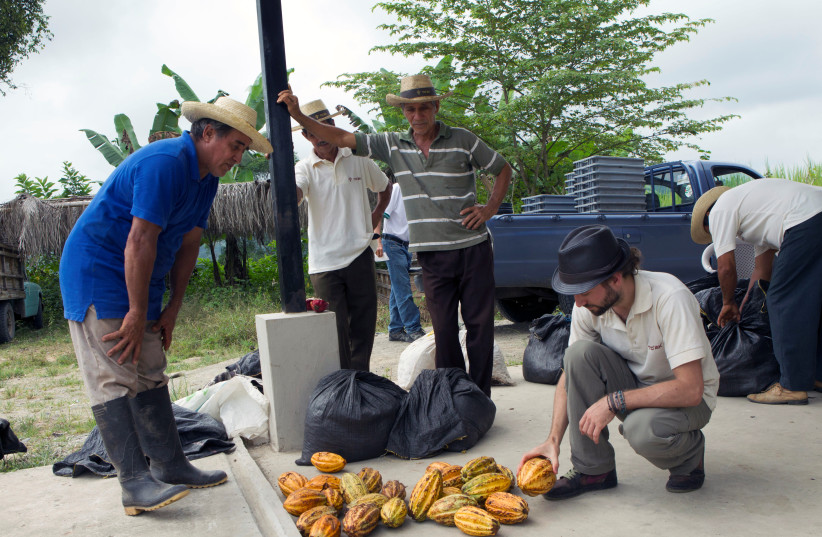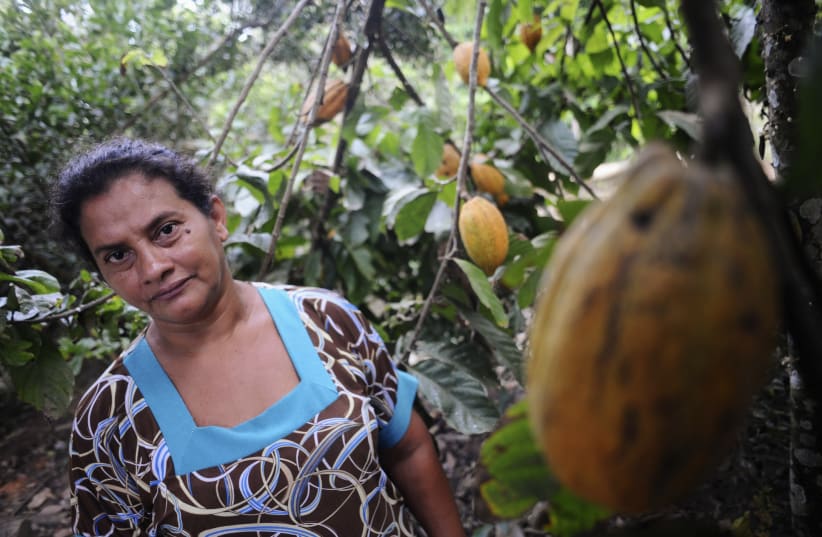The Mayan civilization is believed to have held the cacao plant, from which chocolate is derived, in particularly high regard. The plant was considered divine and was used as a form of currency in the ancient Mesoamerican society.
Researchers at Brigham Young University, in conjunction with American and Mexican archaeologists, have developed a new method of analyzing soil and used it to determine where the Maya grew cacao beans in sacred groves.
The researchers, led by Prof. Emeritus Richard Terry and including graduate students Bryce Brown and Christopher Balzotti, published their findings in the peer-reviewed Journal of Archaeological Science Reports this month.

Since the Yucatan peninsula where the Maya were located was hot and dry, the researchers tried to find areas with the right combination of shade and humidity ideal for cacao cultivation. Using a new soil analysis method, the team searched for signs of theobromine and caffeine, which together indicate the presence of the cacao plant.
The team realized that several sinkholes, which can be found in abundance in the region, contained these chemicals. They also found evidence of rituals that had been performed at these sites, including stone altars and carvings, staircase ramps, and offerings such as ceramics and jade.
The findings suggest that cacao groves were significant in ancient Mayan religion and trade. The research creates "a rich historical narrative of a highly charged Maya landscape with economic, political and spiritual value," Terry said.
